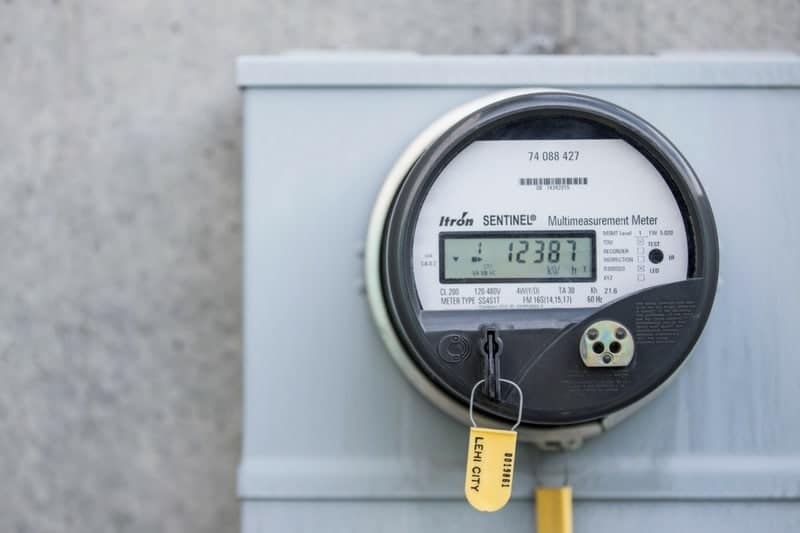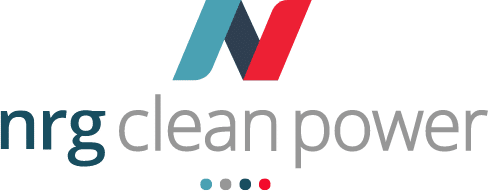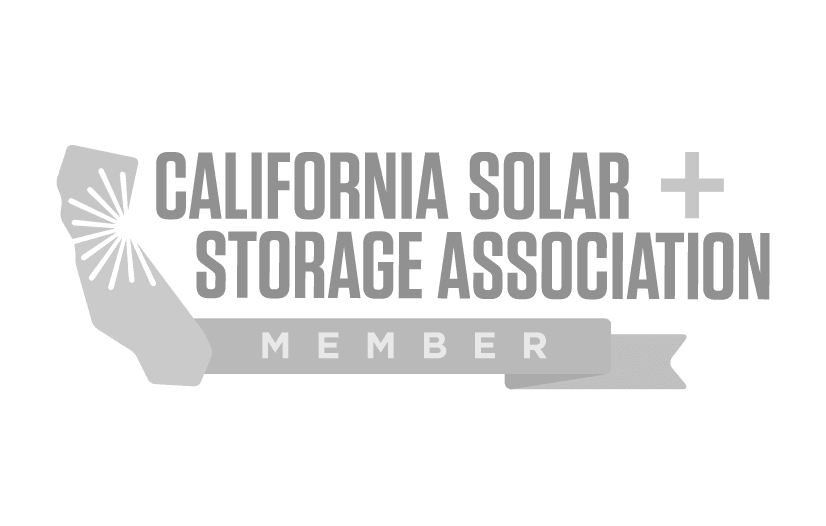
Final Decision:
The CPUC (California Public Utilities Commission) has unanimously voted to approve NEM 3.0. Electricity export rates (the power you don’t use and send to the utility co.) will go down from and average of $0.30/kWh to $0.08/kWh. The grid access fee will be $10-15/month flat for being interconnected. There will be a 120 day grace period for homeowners to get grandfathered into NEM 2.0 if they file for interconnection by April 15th 2023.
Update 12/07/22: CPUC is set to vote on the proposal on December 15th. We are standing by for the final decision and will update as soon as the decision is published.
Update 10/11/22:
The CPUC has released new guidance on the latest proposal of NEM 3.0 (net metering 3.0). Based on the updates it looks like PG&E, SCE, and SDG&E customers will be greatly impacted by the changes. The main changes will likely be the following:
1. A monthly grid access fee of $15/month when switching to solar.
2. Export rates will decline significantly in the range of 3-6 Cents per KwH.
3. There will be a 120 day transition period where NEM 2 applicants can still get in. We believe the cutoff date will fall somewhere in April of 2023 depending on when the final vote is completed.
Update 12/15/21: The California Public Utility Commission has published their proposed decision. You the ratepayer will not benefit under this new Net metering structure and many homeowners or ratepayers will be stuck between a rock and a hard place. Below we have outlined a few bullet points from the proposal.
- There will be a monthly “Grid Participation” Charge of approx. $8/KW of solar capacity installed. This can average around $48/month for the average home.
- They will be switching from “Net Metering” to “Net Billing”. Under the new “net billing” structure, homeowners will be able to size their system for future usage at a rate of 150% of their current usage. This is crucial for being able to cover EV charging costs.
- In an effort to increase the adoption of grid storage (batteries), the utilities will be incentivising the purchase of a home storage system. This will help offset the “grid participation” charges to an extent.
The proposed changes are not final and are up for a vote on January 27th. The final changes will take effect on May 27th 2022. The time to go solar is right now! Contact us today and start the process.
In August 2020, for the second time in just four years, the California Public Utilities Commission (CPUC) opened up a new proceeding to change California’s net energy metering (NEM) program. If you’re wondering when will NEW 3.0 rates go into effect Although – no new rules or regulations have been rolled out as of yet, a final decision on NEM 3.0 is expected in 2021.
The decision could either drastically and negatively impact Californians looking to go solar or usher in an era of growth. If the CPUC goes with the latter, we could see greater consumer savings and more clean energy throughout the state. If not, this decision may effectively kill the California solar market as we know it.
California’s investor-owned utilities (IOU), PG&E, Southern California Edison, and Sempra Gas Company, which owns San Diego Gas & Electric, jointly filed opening comments. In those comments, the utilities called for drastic cuts to NEM that would harm the ability for consumers to invest in their own solar energy system. Some of the suggested changes include:
- Forcing solar customers onto the new California NEM 3.0 tariff starting in January 2021. In other words, the CPUC will ask consumers to go solar without knowing the terms of their net metering program.
- Removing the 20-year grandfathering for existing customers.
- Reducing the economic value of going solar 50-75% from what it is today.
In August 2020, for the second time in just four years, the California Public Utilities Commission (CPUC) opened up a new proceeding to change California’s net energy metering (NEM) program. Although no new rules or regulations have been rolled out, a final decision on California NEM 3.0 is expected in 2022.
The decision could either drastically and negatively impact Californians looking to go solar or usher in an era of growth. If the CPUC goes with the latter, we could see greater consumer savings and more clean energy throughout the state. If not, this decision may effectively kill the California solar market as we know it.
California’s investor-owned utilities (IOU), PG&E, Southern California Edison, and Sempra Gas Company, which owns San Diego Gas & Electric, jointly filed opening comments. In those comments, the utilities called for drastic cuts to NEM that would harm the ability for consumers to invest in their own solar energy system. Some of the suggested changes include:
- Forcing solar customers onto the new NEM 3.0 California tariff starting in January 2021. In other words, the CPUC will ask consumers to go solar without knowing the terms of their net metering program.
- Removing the 20-year grandfathering for existing customers.
- Reducing the economic value of going solar 50-75% from what it is today.

What does net metering look like today?
Net metering allows the utility meter to spin backwards every time a customer’s solar system generates more energy than their home or business can use at any given point in time. In exchange for sending solar energy back to the grid for use by neighboring customers, the solar customer receives a credit on their electric bill. This credit rolls over month to month for a full year, helping lower energy costs and ensuring compensation for energy generated.
The CPUC first introduced net metering in 2013. It later amended it to the current program used today, NEM 2.0, in 2017.
Looking back at NEM 2.0
The CPUC recently released a net metering 2.0 Lookback Study, published by Itron, Verdant Associates, and Energy and Environmental Economics. The main goal of the CPUC-commissioned study was to evaluate the impact of NEM 2.0.
The cost effectiveness analysis tests, which estimate costs and benefits attributed to NEM 2.0 include:
- Total resource cost test
- Participant cost test
- Ratepayer impact measure test
- Program administrator test.
The evaluation also included a cost of service analysis, which estimates the marginal cost borne by the utility to serve a NEM 2.0 customer.
Key NEM 2.0 Takeaways
In an executive summary, the authors of the study concluded that, “overall, we found that NEM 2.0 participants benefit from the structure, while ratepayers see increased rates.”
This goes to show that consumers—home and business owners alike—saw a lot of benefits from net metering 2.0. The current rules and regulations resulted in optimal pricing for consumers. Under the release of the current NEM program, NEM 2.0:
- Charges that support public purpose programs like energy efficiency rebates and low-income bill assistance were applied to both energy consumed by the customer as well as energy generated and put back on the grid. In other words, NEM customers receive a credit valued at full retail rates. These include what the customer would have otherwise paid at that point in time for electricity consumed from the grid instead of their solar system. However, it then subtracts these public purpose program charges.
- NEM 2.0 applied a one-time application fee. These fees range from $75-$145 depending on the IOU.
- NEM 2.0 required that all residential solar customers be put onto a time-of-use (TOU) rate. These TOU rates vary on the time of day as well as the time of year the energy is consumed. This decision had virtually no impact on commercial and industrial customers as TOU rates were already in practice.
NEM 3.0 California Timeline
If you’re wondering when will NEW 3.0 go into effect, here’s the timeframe – the CPUC laid out a preliminary schedule regarding net metering 3.0 / NEM 3.0 in its original announcement. It estimates that the proceeding will take roughly 15 months in total, starting with a November 2020 prehearing conference. However, the main proceedings, in which parties will submit proposals for the successor tariff, will not begin until Spring 2021.
In short, this means we still have a couple weeks/months until we will see proposals from key parties regarding their goals, beliefs and recommendations. A decision regarding net metering 3.0 won’t be released for a couple months after this, and any policy changes wouldn’t likely go into place until 2022.
NRG Clean Power’s Take On NEM 3.0
While the actual results of these hearings won’t come for a few months at least, many industry experts have begun speculating what NEM 3.0 California will include and how it will impact consumers.
NRG Clean Power experts expect this updates net metering program to better benefit IOUs, hurting consumers in the process. If the CPUC uses states like Hawaii and Nevada as examples, we could expect the value of exported energy will get reduced.
We also anticipate more language regarding backup battery storage, an increasing need across California.
Energy storage attachment rates with solar are already steadily rising in California. By the time net metering 3.0 starts getting implemented, our energy experts anticipate storage attachment rates will likely escalate further. It would come as no surprise to see future energy storage rates in California to mirror those in the current Hawaiian market, which are upwards of 80% for certain types of customers and applications.
How To Prepare for the NEM 3.0 California
The two biggest takeaways from this are:
- Consumers get some of the best net metering benefits across the country under NEM 2.0
- These benefits will likely come to an end with the implementation of California’s NEM 3.0
In order to take advantage of this, the first recommendation is to go solar now, if you haven’t already. It is very likely that customers on NEM 2.0 will not see any changes with the new program. Experts speculate that, as before, the CPUC will grandfather older systems in and continue to uphold the original agreements. This means going solar now would most likely allow you to lock in the net metering 2.0 benefits for 20 years.
The second recommendation? Add a backup storage system to your solar project. A backup battery system gives you a huge amount of independence from utility companies. It also allows you to rely less on their net metering policies. Rather than sending excess power back to the grid (and receiving credits), with a battery, you can store excess electricity and use it at your discretion. If you want to find the right solution for your home or business, contact our energy experts to learn more today!

Authored by Ryan Douglas
NRG Clean Power's resident writer and solar enthusiast, Ryan Douglas covers all things related to the clean energy industry.


